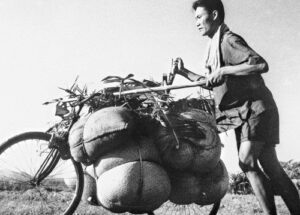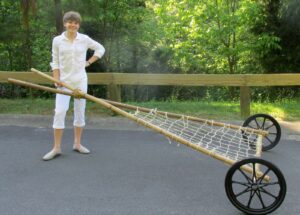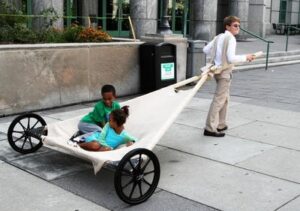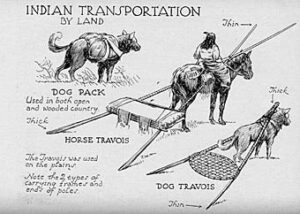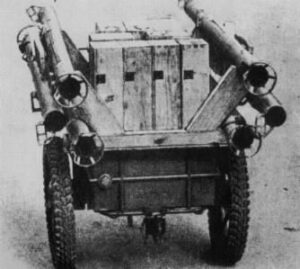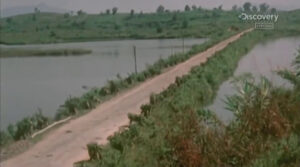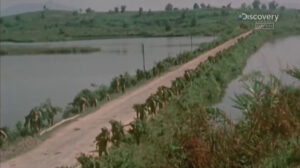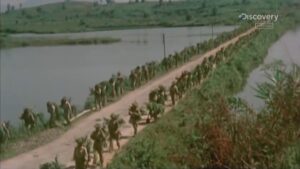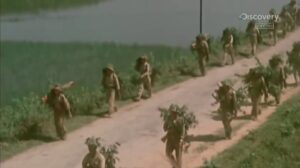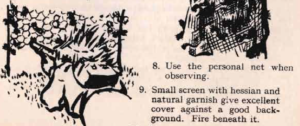A friend of mine e-mailed me recently and told me he felt it was impractical for him to carry his bug-out gear in a rucksack. There was just too much, he said.
I pointed out to him that others had been managing this for centuries, and that it wasn’t actually a “bug-out kit” if he couldn’t move it anywhere. Same friend often e-mails me wonderful, must-have gadgets that he has found. The two facts may not be unrelated. 🙂
Your core bug-out kit should be man-portable. What is lost on many people is that you should not be carrying it on your back if you can avoid it!
This is something we seem to have inherited from the military. A fundamental of military training is marching long distances with heavy loads. As well as the physical conditioning this provides it also improves traits such as self-discipline, determination and resolve. Unfortunately there is a downside to the old adage that “You fight as you train!” Lost on many officers is that long marches with heavy rucks’ may be great training but in an actual operation are to be avoided whenever possible. Most combat theatres are “vehicle-friendly”. Infantry may need to operate on foot, but gear they do not immediately need may be carried on vehicles and brought forward once an area has been pacified. Many soldiers during the Second World War learnt to operate effectively in “light order” and many modern “irregular” fighters do the same. Many armies need to relearn this. Current efforts are towards exo-skeletons and robot mules that will increase the weight that can be carried. The opposite strategy may be more productive.
As an individual prepper or survivalist you may not have a support unit that can bring your heavier equipment and supplies forward for you. Additionally you may be in “vehicle-proof” terrain where the operation of conventional or military vehicles is not possible or very restricted. Military forces sometimes find themselves in the same situation, of course.
A tried and tested solution is shown below. Porter-bikes were modified to carry heavy loads. When fully loaded they could not be ridden. A pole extending the handlebars allowed one or more individuals to push the bike along by walking beside.
For bugging out a bike has a lot to recommend it. On terrain where it is difficult to ride you can push it, and use it to carry your pack rather than your back. Overall load should be kept in the man-portable range since there may be obstacles you will have to carry bike and pack across.
Another interesting option is found on this site and others. Its inventor calls it a “travois” but it is actually a hand-cart (or possibly a “man-cart”?)
As an aside, a real travois is an option you should always consider if you have to move something heavy over relatively soft ground.
Handcarts were once not uncommon in armies. After WW2 the “big ruck” mentality seems to have taken hold and they become rarer. In the early days of ATGWs some models were offered with golf-trolly-like contraptions so a dismounted infantryman could move them. Nowadays a few mortars are provided with trolleys, but in most forces they are unknown. If a skier can tow a pulk, why not a a walker a cart?
The wheeled travois has been designed with ease of manufacture in mind. I would suggest making the poles a little longer so that if necessary the cart can be carried over an obstacle like a stretcher. For ease of use in vehicle-proof terrain I would suggest reducing the width so that it can be used on narrow paths and trails. Bicycle wheels may be a good source for the wheels. I particularly like the net that forms the bed of the cart. With a bit of ingenuity this might double as a camouflage screen.
